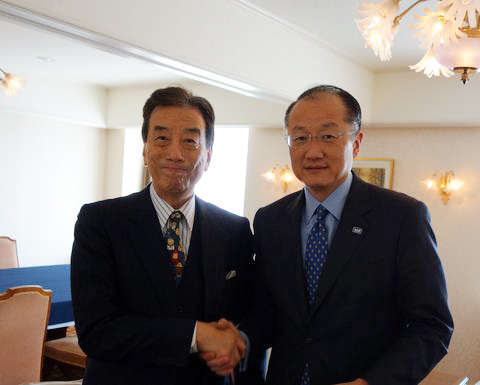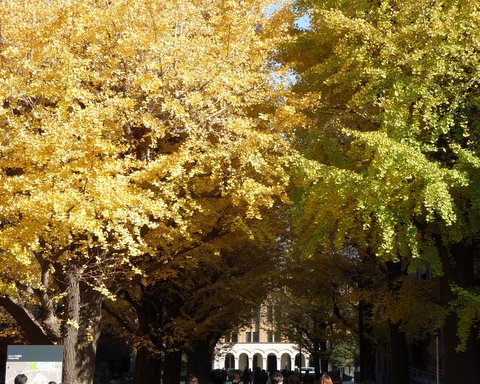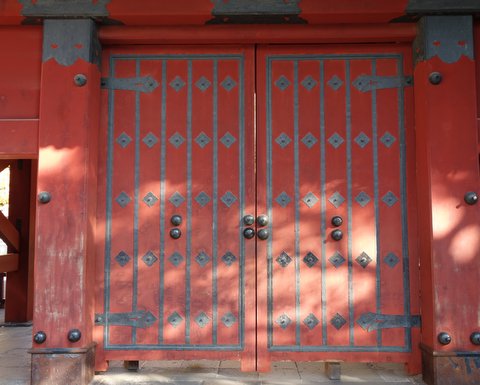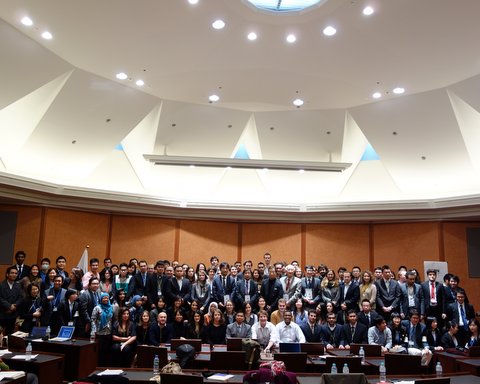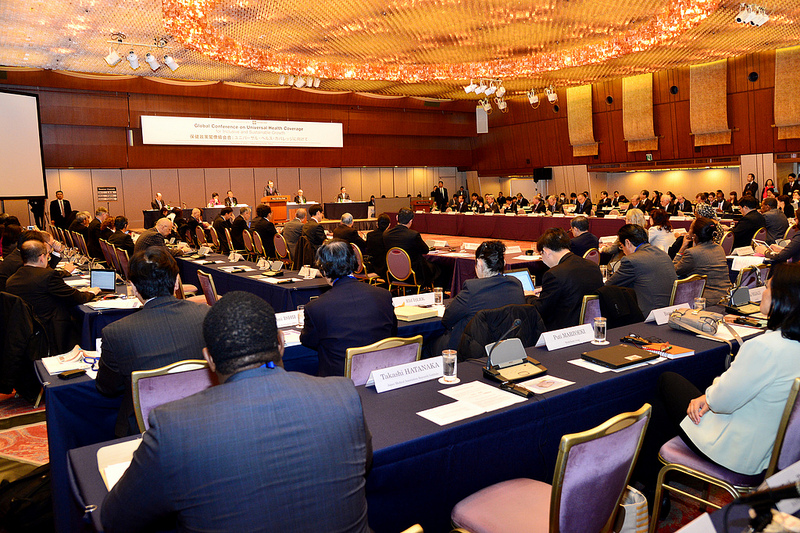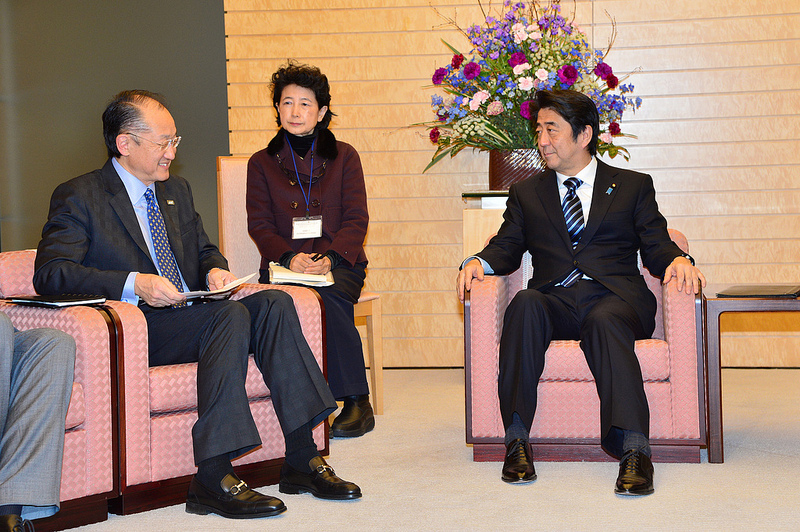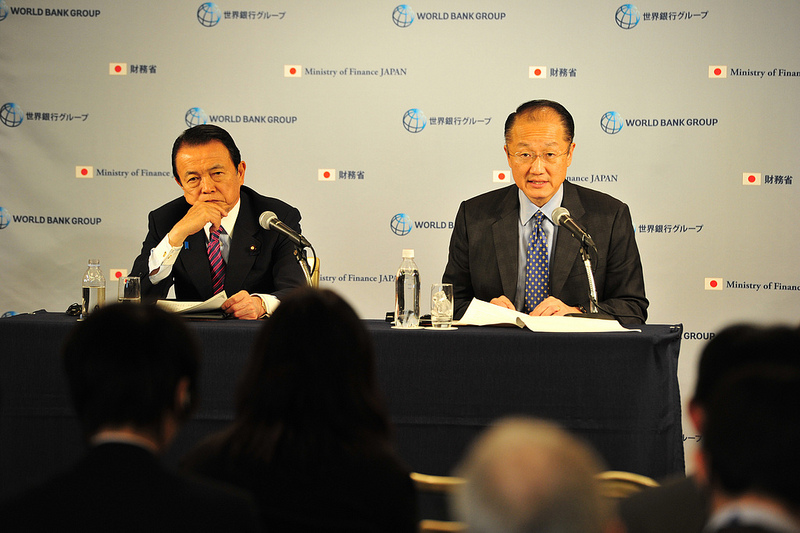Ever since the Fukushima nuclear disaster, the official reports about radiation levels issued by the government as well as the radiation monitors on-site have been met with suspicion. Notwithstanding the fact that the disaster was caused by unprecedented natural causes, the way in which information was relayed to the public has been heavily criticized and doubted.
A week after the Fukushima Nuclear disaster, a decentralized model of documenting and sharing radiation readings that was dependent on the participation of the locals called ‘Safecast’ was set up. I have discussed this organization previously in my blog.
It all began with the assembling and usage of personal measuring instruments and sensors, checked to see if they provided accurate readings. The data collected through the use of these instruments was made available instantly on the sensor network. This was an elegant solution to the problem of the need for transparency and visibility, and the trust gained through the achievement of these two goals was backed up by the necessary technical expertise.
And as if to mirror global trends, the methods to build a sensor, the process by which to share the data online, and other required steps have all been simplified and put down in an easy-to-understand manual, allowing for anybody to participate and thus spreading this movement globally.
The accolades do not stop there. The IAEA recently recognized Safecast as one of the prime examples of contemporary information processing, and have rated it very highly. A quick look through the following two sites ( 1 , 2 ) will help form a rough idea of what I am saying here.
An article by ‘Atomic Reporter’ sums it up, remarking that it is “no wonder Safecast has a following at the IAEA. Two random guys in Japan became more widely trusted by many than 60-years of UN-agency authority”.
I urge you to go through the two websites mentioned, because although they are a bit lengthy, they are an accurate portrayal of the going-ons within the IAEA, and show how the Safecast team earned their fans within the crowd.
In our modern day and age, where the proliferation of the internet and increasingly smarter devices is making information more accessible, it is important to remember that sources of information must ensure independence, transparency, scientific verifiability, and adhere to international standards. It is when these four criteria are met that a source of information is afforded trust and belief. The NAIIC report was also executed with these four criteria in mind.
But can the same be said of the Japanese government, the authorities at TEPCO, the bureaucracy, the companies, media, universities, all these organizations dependent on maintenance of the status quo? How do they measure up to the needs for public disclosure, transparency, and international standards?
You can be a part of the Safecast network in various ways: one could perhaps build one’s own sensor and upload the data from the readings. This network of cooperation is slowly but surely being cast across Japan and the rest of the world.

